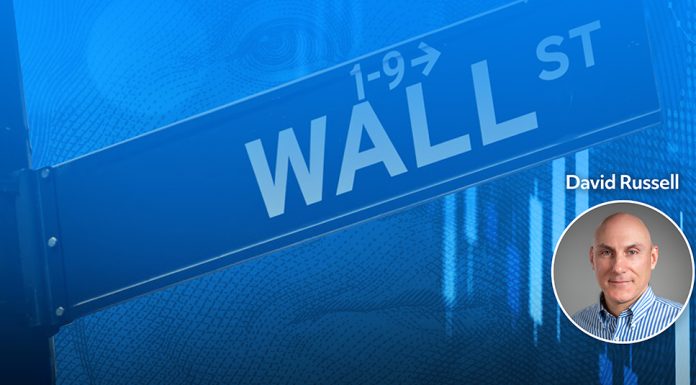The stock market includes thousands of companies in scores of industries and groupings. While they may go up and down for any reason any day, there are underlying patterns behind price movement.
This article considers seven basic catalysts for stock movement. These go deeper than the fundamentals of individual companies or sectors, giving investors a structure for understanding news and the opinions of Wall Street.
Each of the narratives can apply to any company, although they may be expressed differently for different sectors. It’s also common for multiple catalysts to be at work at any given time.
It’s additionally important to remember that investors often act in expectation of these catalysts because the stock market is forward looking.
Volumes and Margins
Volumes are probably the most straightforward and common catalyst. This simply describes the amount of business being done. They vary based on the good or service in question. Volumes may be expressed in units sold, seat miles flown, monthly average users or subscriptions. Volumes are a key factor determining revenue. Pricing, the other key factor, falls under margins, our next catalyst.
Margins represent how much profit companies earn on their business. They can be improved by raising prices and/or lowering costs. While margins are separate from other items on this list, they can be strongly impacted by other catalysts. For example, increased volumes can widen margins by spreading out fixed costs. (This is “operating leverage.”) Business transformation (see below), like changing products, can also result in higher profitability.
Macro Trends
Macro trends apply to forces outside a company’s control, like the economy. Investors may buy cyclical stocks like financials and retailers at the end of a recession, and sell them when they think a slowdown is coming. Interest rates can also influence valuations, while commodity prices impact producer companies.
Strategic actions involve changing the structure or financial policies of the corporation. Strategic actions also include mergers, stock splits, dividends and stock buybacks. They don’t change the underlying business. They simply change the corporate entity holding the business.
Strategic actions may increase the efficiency of capital. They may also allow higher valuations by separating (spinning off) different business lines into different stocks.
Investor rotation is closely associated with macro trends, but can be longer lasting. It often occurs around calendar periods like quarters and years as large money managers allocate based on wider themes. Investor rotation typically corresponds to bigger trends like interest-rate cycles or the rise of industries like Artificial Intelligence (AI).
Business Models Matter
Business transformation, unlike strategic actions, changes the underlying business. This usually entails new products, new strategies or new customers. One major example was the shift in the software industry toward subscription revenue models. Companies usually pursue transformation to improve their businesses over the longer term, so they often boost margins and/or volumes.
Credit applies to the balance sheet. While this is the least common catalyst, it can play a major role when it occurs. Credit trends include the impact of debt and asset values. Companies with heavy debt loads may suffer more in a business downturn and rebound more quickly when the economy recover.
This means companies with more debt are typically more volatile. However, the use of debt varies by industries. Companies like utilities borrow heavily because their stable revenues facilitate making interest payments. Technology and industrial companies, on the other hand, may use less debt because their results can fluctuate more.
Refinancing is another question: Can a company keep rolling its debt? Are interest costs rising or falling? Should management raise equity capital (sell shares) or divest a business to pay creditors? Such moves (which touch upon strategic actions) can also have a big impact on stock prices.
Seven Catalysts for Stock Movement
In conclusion, here are some key points about the seven major catalysts for stock movement.
- Volumes: More / less business
- Measured in units, orders, bookings. These often become revenue
- Margins
- Selling prices rise / input costs fall = wider margins
- Selling prices fall / input costs rise = narrower margins
- Macro trends
- Economic growth, interest rates, commodity prices
- Strategic Actions
- M&A, buybacks, spinoffs, dividends, stock splits
- “Financial engineering”
- Investor rotation
- Typically occurs around quarters, years
- Can result from changes in the other six catalysts
- Business transformation
- Change in business model, strategy, products, or customers
- Credit
- Effective use of leverage can increase profitability
- Debt meltdowns can occur when business contracts
- Changes in interest rates can impact leveraged companies
ID3604844 D0624





















